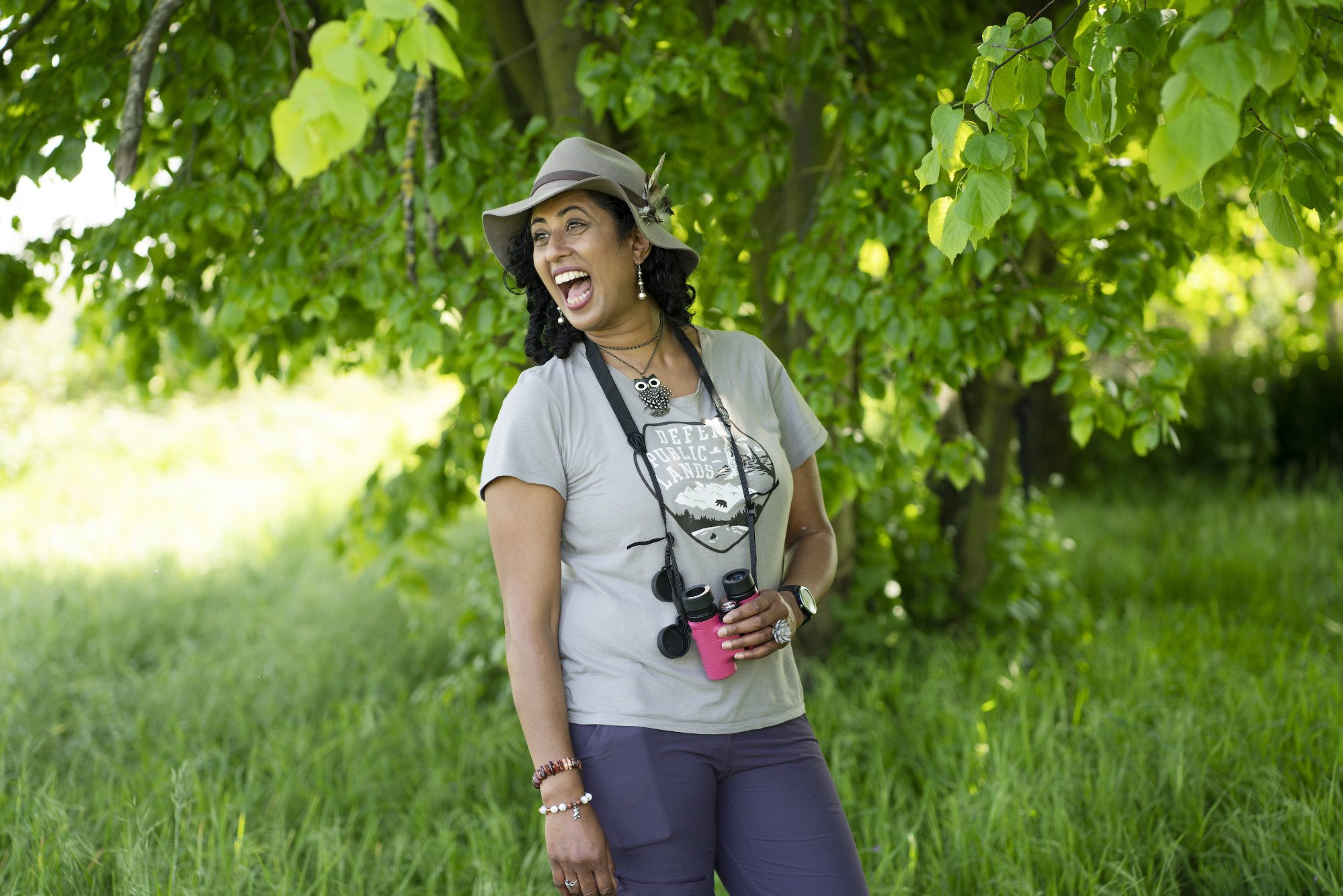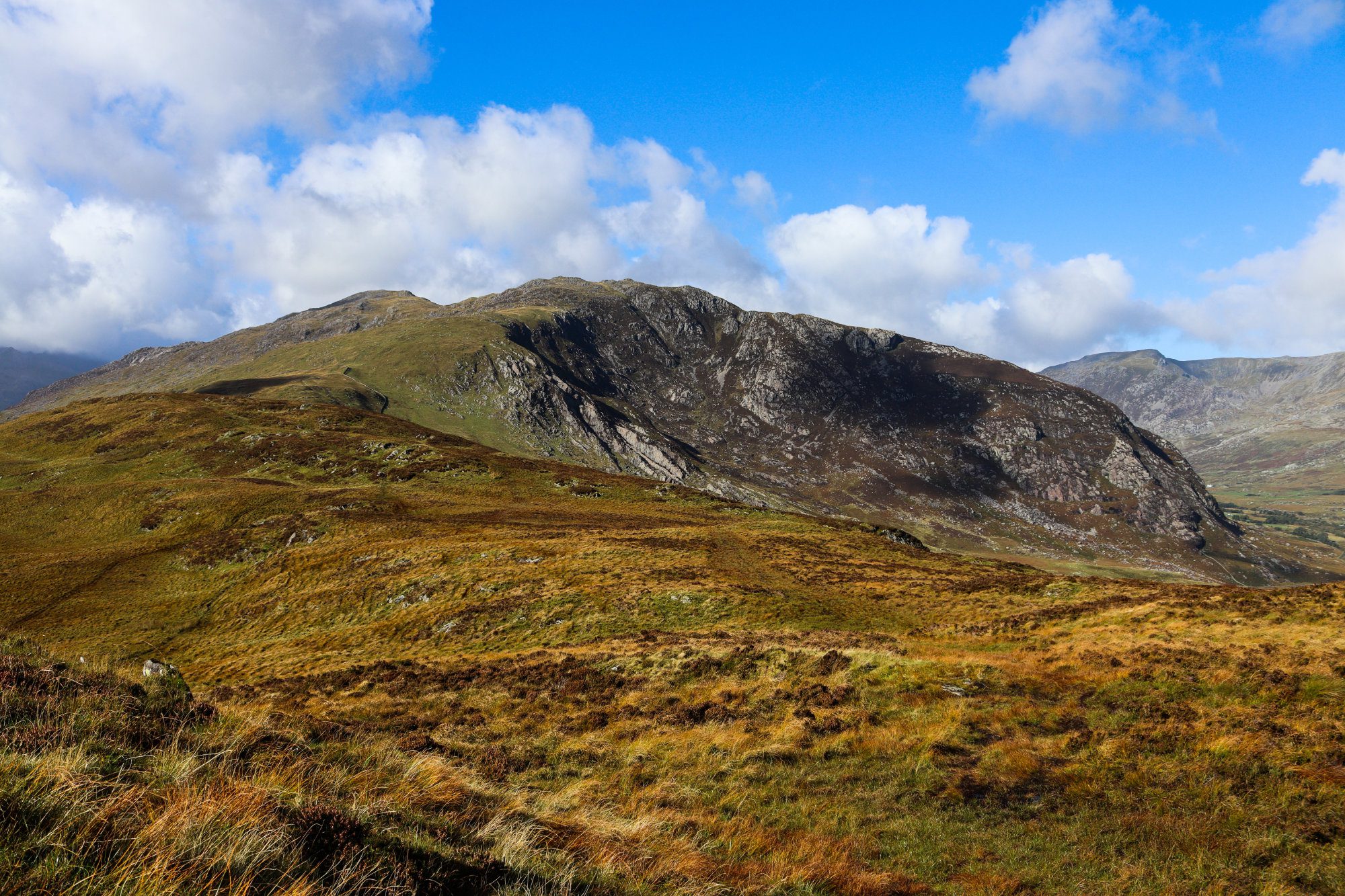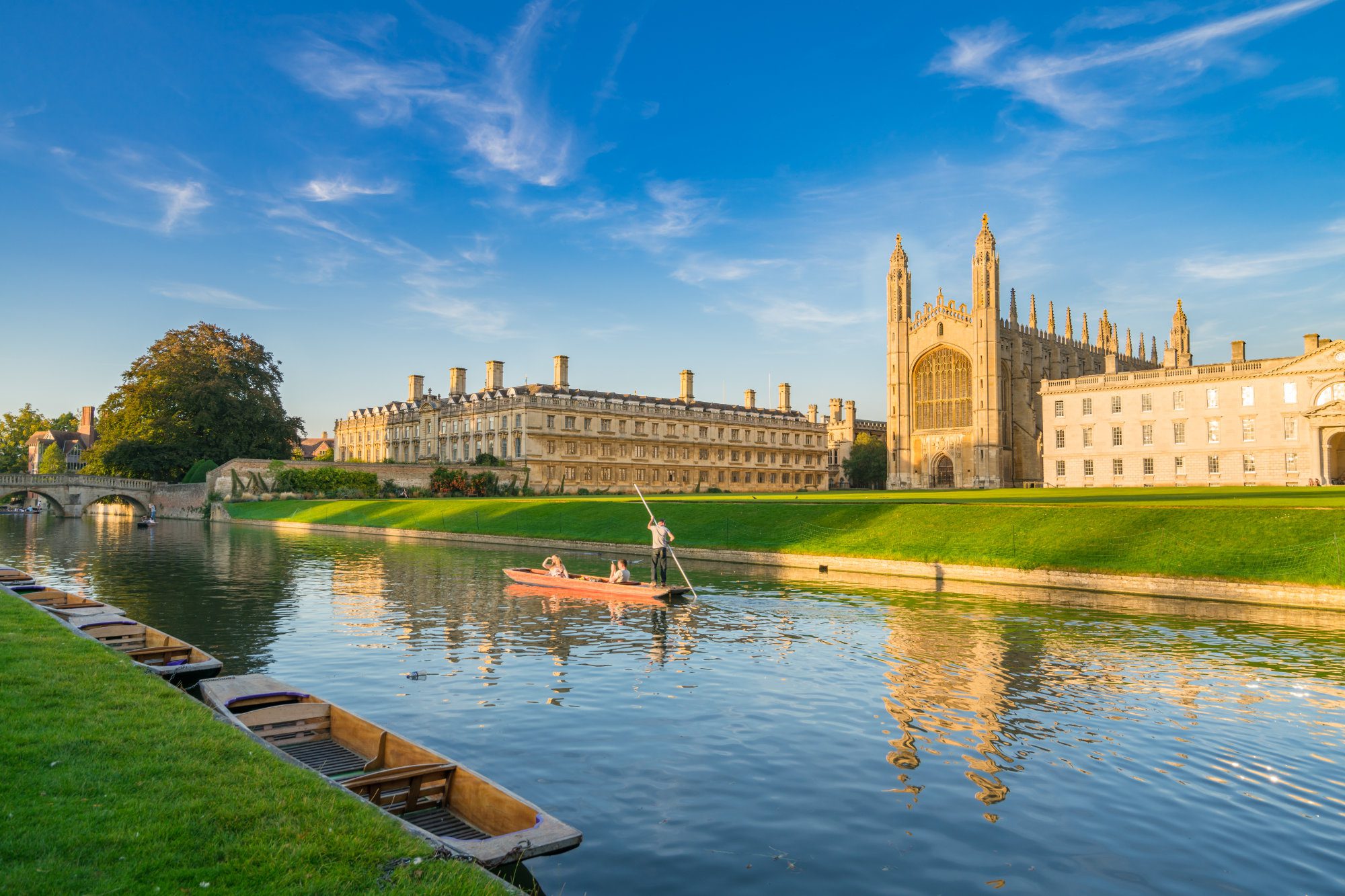Nordic walking has become recognised globally for its physical and mental health benefits. But what exactly is it? Let British Nordic Walking be your guide.
As part of YHA’s Festival of Walking this September and October, British Nordic Walking is offering two Nordic walking sessions, one from YHA Ironbridge Coalport in Shropshire and another from YHA Bristol. These sessions give an ideal opportunity to try this form of walking, with free tuition explaining the basic technique — but why wait until then?
What is Nordic walking?
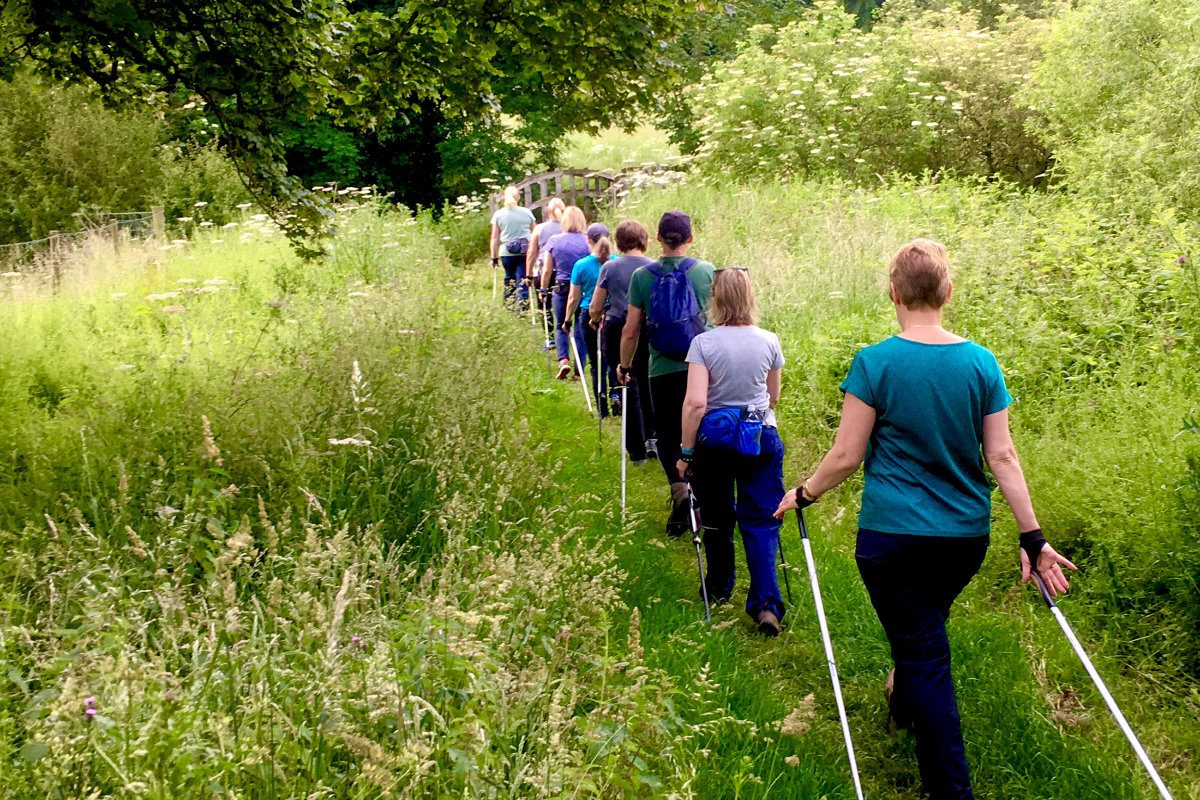
At its core, Nordic walking is an enhanced walking technique that uses poles to work your upper body — in a manner similar to cross-country skiing — as well as your legs. It’s a whole-body exercise that can be enjoyed at low, medium or high intensity. Walking with poles is proven to burn more calories, as well as releasing tension in your neck and shoulders. Yes, it’s a workout, but the joy of the technique is that it doesn’t feel like one! Its name comes from the fact that it originated in Finland.
The benefits are widespread. Catherine Hughes, CEO of British Nordic Walking, tells The Journey: “We know that exercise is good for us, but it’s more fun when we share the experience, walking side-by-side with friends and, of course, finishing off with coffee and cake. People love the social interaction of Nordic walking and develop strong friendships over time — in some cases they even get married! It’s a way for people to get away from work, chores and digital distractions, a way to calm their minds and relax by noticing the natural world around them. There’s so much to see as the seasons change, even in urban environments.”
How to start Nordic walking

The technique uses specially designed poles — not to be confused with trekking poles, which have loops and chunkier grips — to enhance your natural walking experience. The use of them actually feels easier than normal walking, particularly uphill, putting less strain on joints and making it effective for people with mobility issues, or those recovering from illness or injury. Whatever your age, from eight to 80-plus, you’ll enjoy discovering the benefits of Nordic walking. And millions of practitioners worldwide are evidence that it can genuinely improve your quality of life.
“The best way to get started is to have a few lessons from a Nordic walking instructor and join a group,” continues Catherine. “An instructor will be able to teach the special technique that harnesses upper-body strength, which in turn will make walking feel easier and burn more calories than ordinary walking.”
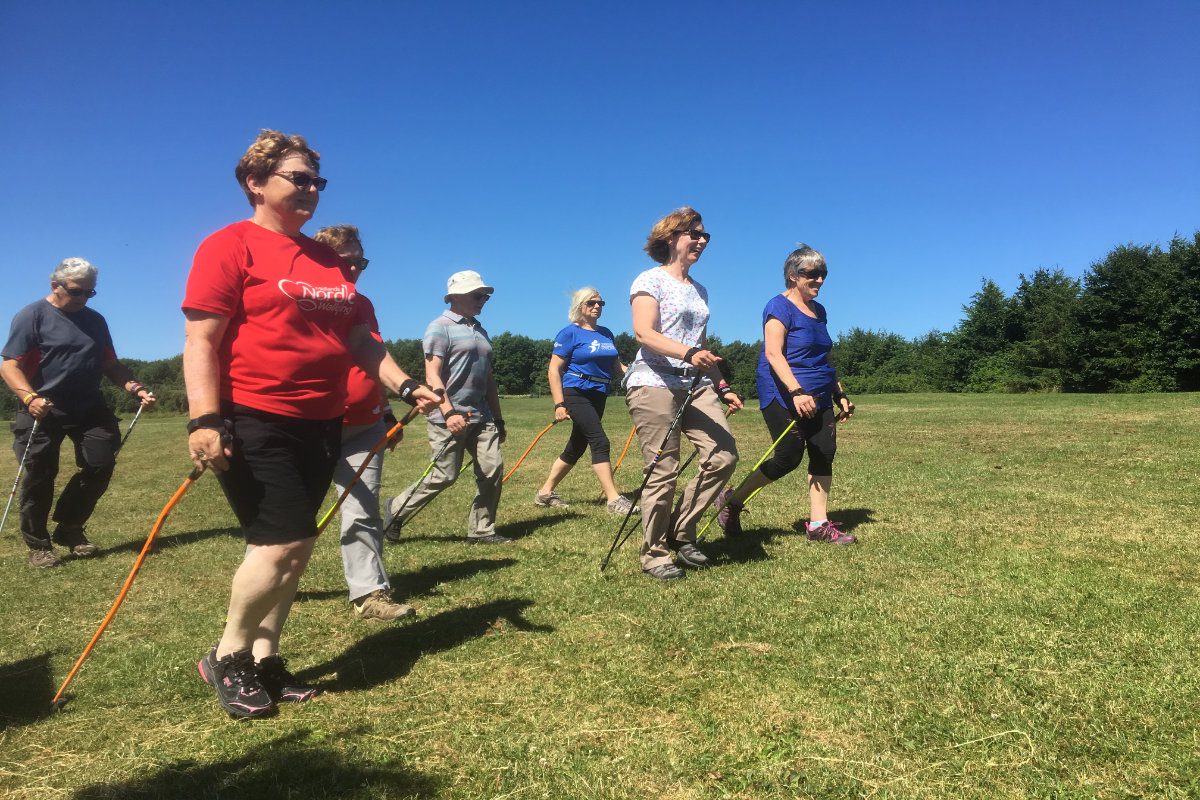
Visit britishnordicwalking.org.uk to find an instructor near you. And if you like it, British Nordic Walking is a not-for-profit organisation that trains people to become Nordic walking instructors and supports them to set up groups in the community.
Find out more about YHA’s Festival of Walking.
Read next: Three of the best walking shoes






